
Residential properties in Dubai which are located near metro stations have been outperforming the wider real estate market both in terms of price and rental performance.
That's according to new research from global real estate advisor CBRE, which explores the impact of the Dubai Metro on residential prices and rents.
More specifically, it looks to determine if units which are within a 15-minute walking distance to Dubai Metro Red Line stations have been able to achieve price and rental premiums or outperformance, or both.
The study has analysed the development of average prices and rents per square foot for over 300 residential or mixed-use properties since the inauguration of the Dubai Metro in 2009.
Sales market
The study found that properties which were within a 15-minute walk of a Red Line metro station saw prices increase by 26.7 per cent on average between Q1 2010 and Q4 2022, outpacing Dubai’s average increase of 24.1 per cent over the same period.
The highest rate of growth was recorded by units which fell into the 10 to 15-minute walking distance category, which saw prices increase by 43.8 per cent on average.
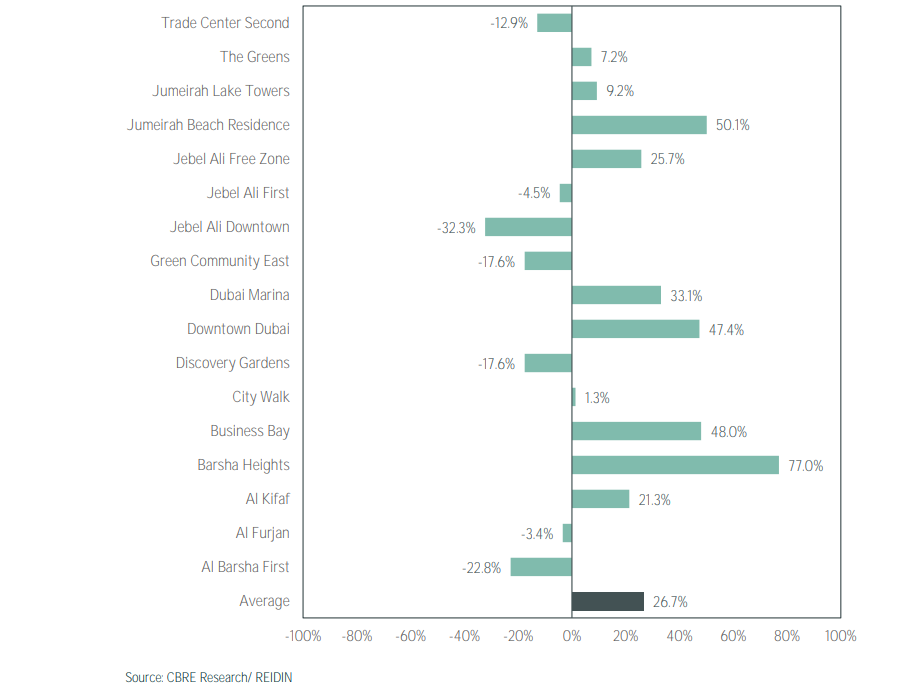
Rental market
Average rental rates for properties within a 15-minute proximity of a Red Line station increased by 5.7 per cent from Q1 2018 to Q4 2022.
Over this period, Dubai’s average rental rates decreased by 4.1 per cent.
The highest rate of growth was also recorded by properties which fell into the 10 to 15-minute walking distance category, where rents increased by 11.7 per cent on average.
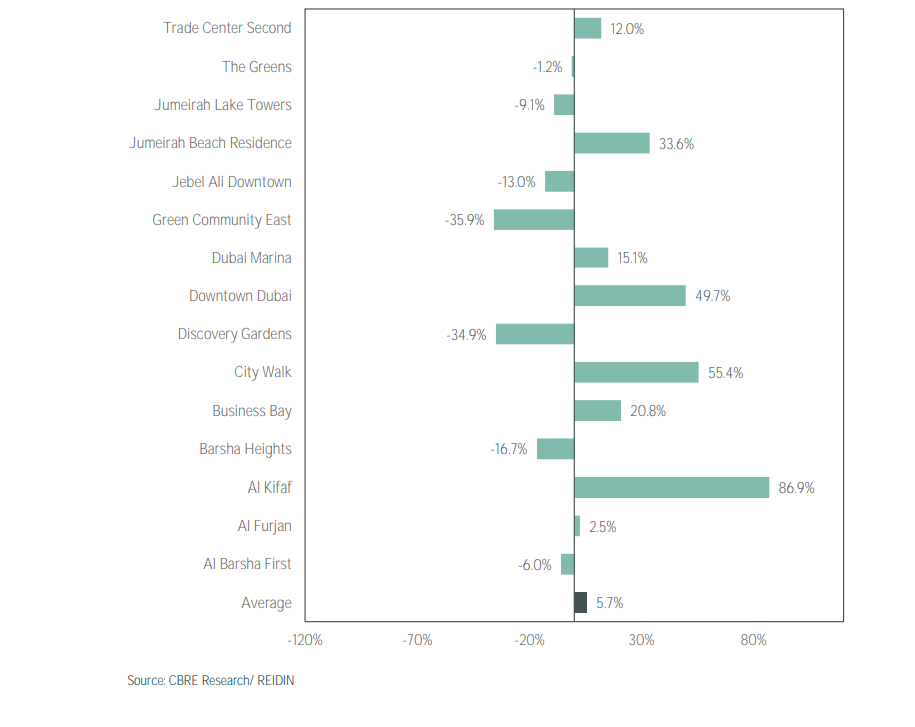
“Our study shows that developments within a 15-minute proximity to metro stations can substantially outperform the wider market, both in rental and price terms. However, as Dubai has matured, this proximity is increasingly only a part of the fundamentals which drives this outperformance," said Taimur Khan, Head of Research – MENA at CBRE.
"Going forward, developers will have to increasingly focus on the provision of suitable urban infrastructure around their development which will include, but not be limited to, walkable, scooter and cycle friendly neighbourhoods and mixed use and non-concentric developments to help achieve similar performance levels," he added.




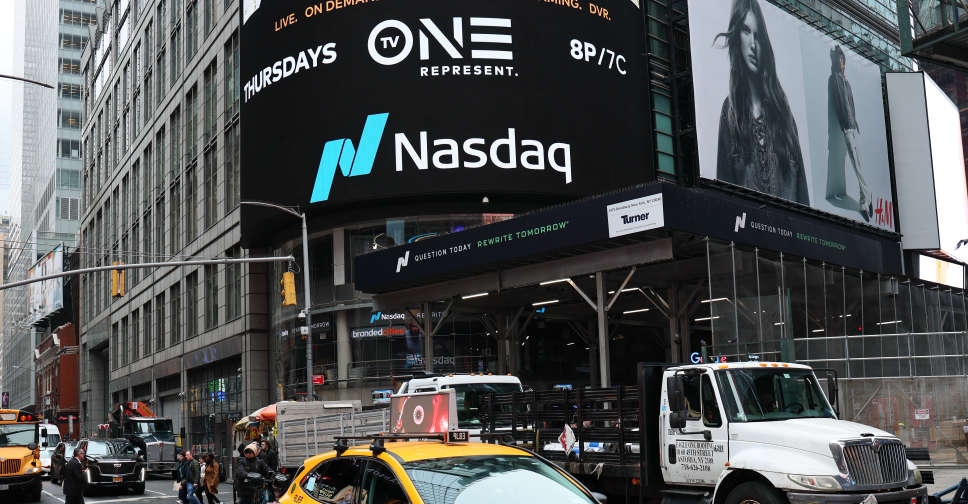 Nasdaq set to confirm bear market as Trump tariffs trigger recession fears
Nasdaq set to confirm bear market as Trump tariffs trigger recession fears
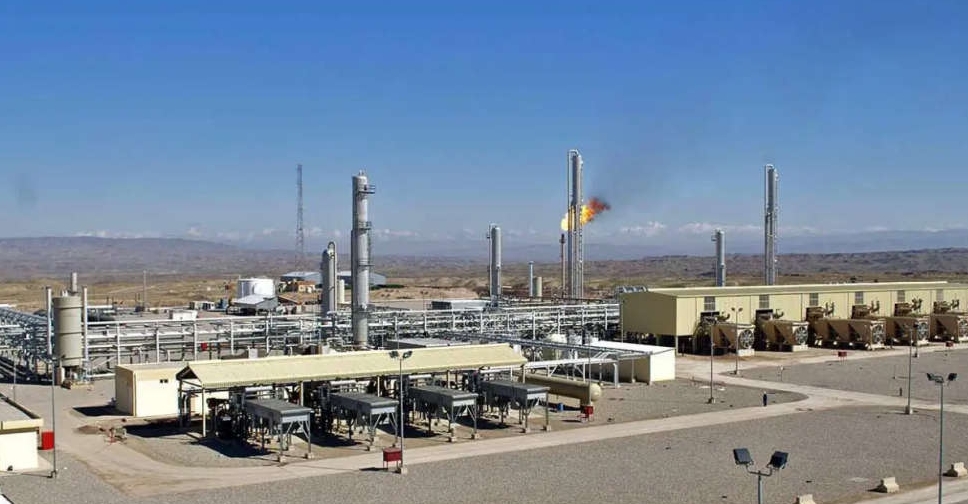 Dana Gas and Crescent Petroleum exceed 500M boe in Khor Mor field
Dana Gas and Crescent Petroleum exceed 500M boe in Khor Mor field
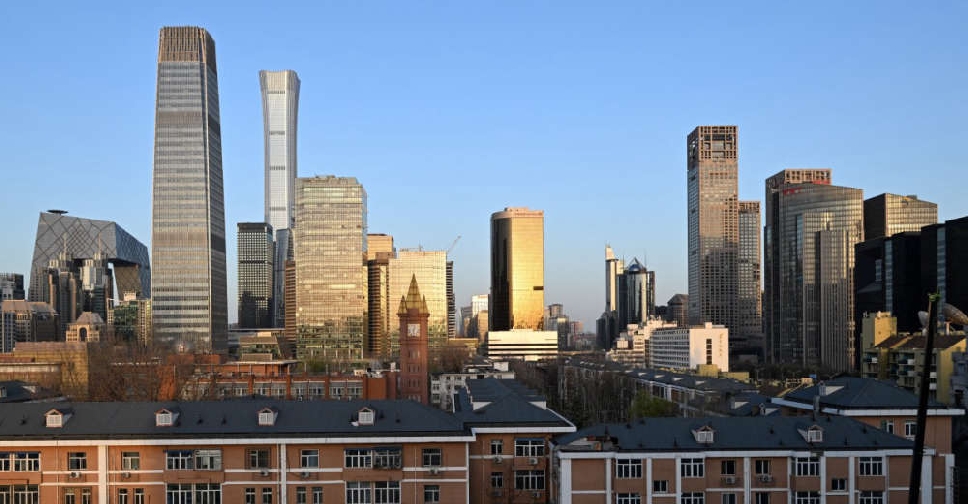 China to impose tariffs of 34% on all US goods
China to impose tariffs of 34% on all US goods
 Shares bruised, dollar crumbles as Trump tariffs stir recession fears
Shares bruised, dollar crumbles as Trump tariffs stir recession fears




